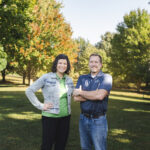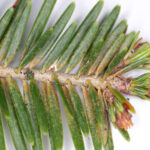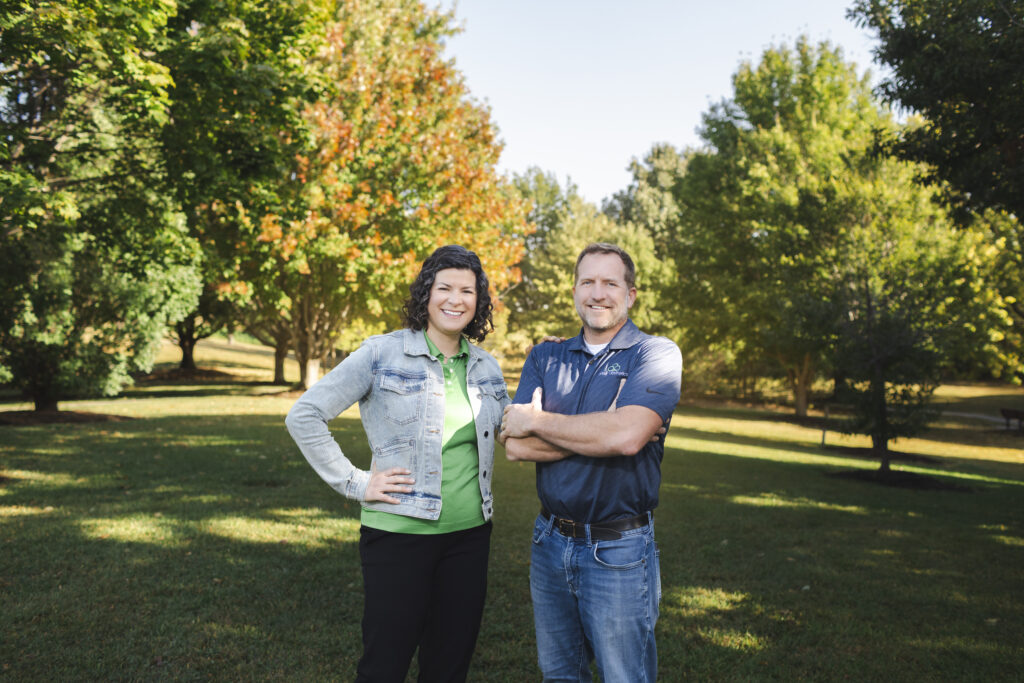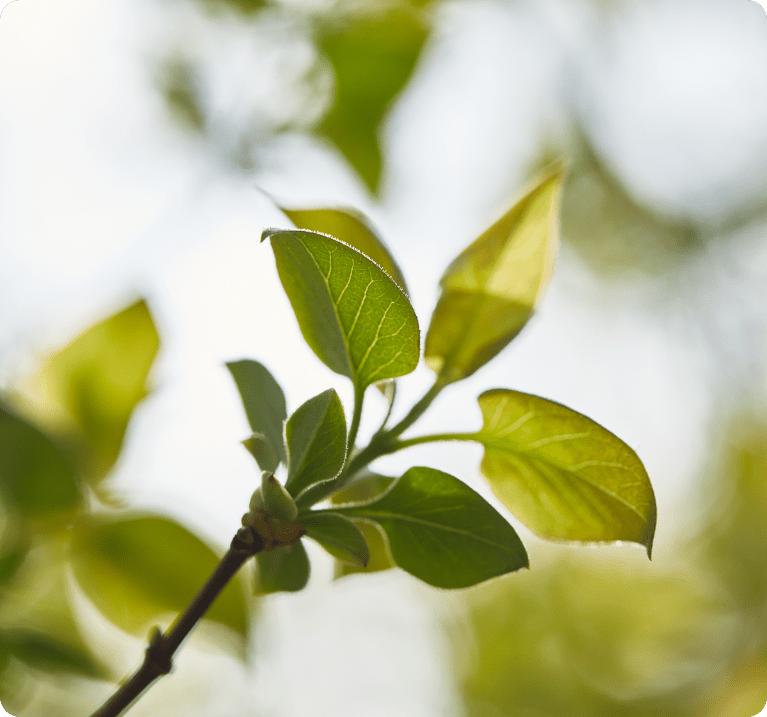Trees are so good to us. They provide shade and shelter from the sun, filter the air we breathe, add beauty and value to our homes, provide habitat, and much more. But come on, what have you done for your tree lately? Here are 5 ways to return the love:
1. Water works.
Trees use water year-round, so they need water year-round. The amount of water a tree utilizes changes throughout its annual growth cycle, but to make it simple – they always need water – particularly trees that are younger than three years or were planted less than 3 years ago. Here is a short article on tree watering basics. Also check out our blog post about winter watering! Yes – you can (and should) water in the winter during dry spells.
2. Mulch, but not too much.
Mulch helps trees retain moisture and regulate soil temperature in summer and winter. It can also be used in areas where roots are exposed so you don’t mow over the roots or run into the trunk of the tree with the mower or weed trimmer. Follow these guidelines:
- Avoid the mulch “volcano” and keep it away from the trunk. Mulch piled against the trunk holds moisture and heat, which helps give diseases, such as canker, an easy point of access. Mulch piled against the trunk can even cause roots to grow which can eventually grow into girdling roots.
- Think “mulch donut” rather than “mulch volcano.”
- Keep the mulch layer 2″ deep or less.
- Watch this short video on proper mulching technique.

3. Do-it-yourself? Do-it-right!
If you are tackling a DIY pruning job on your trees, avoid flush cuts. While your first instinct may be to remove as much evidence of that tree branch as you can, it is important to leave the branch collar and branch bark ridge intact to prevent decay from entering and spreading throughout the tree. Trees compartmentalize decay if pruning is performed properly.
The diagram below shows where each of these are located, and also a three-step cut guide for removing the branch while minimizing harm to the rest of the tree. Read more here. In general, the cut should be circular in shape, and not elliptical.
The diagram below shows where each of these are located, and also a three-step cut guide for removing the branch while minimizing harm to the rest of the tree. Read more here. In general, the cut should be circular in shape, and not elliptical.

4. Mind the roots.
Soil compaction has real health consequences for trees, but is rarely discussed. Roots need to be able to access oxygen in the soil in order to thrive. Compaction can take place during landscaping projects where soil is covered or heavy machinery is driven over the soil. Even heavy foot traffic or installing a small patio can cause harm, and sometimes the symptoms don’t present themselves for years.
While some species of trees tend to present more surface roots than others, soil compaction can cause roots to move closer to the surface to access oxygen. Don’t mow over exposed roots! Consider replacing turf with a thin, coarse layer of mulch so that mowing isn’t required in the root zone area.
While some species of trees tend to present more surface roots than others, soil compaction can cause roots to move closer to the surface to access oxygen. Don’t mow over exposed roots! Consider replacing turf with a thin, coarse layer of mulch so that mowing isn’t required in the root zone area.

5. Find a trusted Certified Arborist.
Find a trusted expert to help you maintain the trees on your property. Trees are an important asset and deserve professional attention and care. Finding a Certified Arborist, like Arbor Aesthetics Tree Service, is the first step in ensuring that you’ll be able to love your trees for many years to come and so that the trees around your home can make the multi-generational impact they were destined for.














